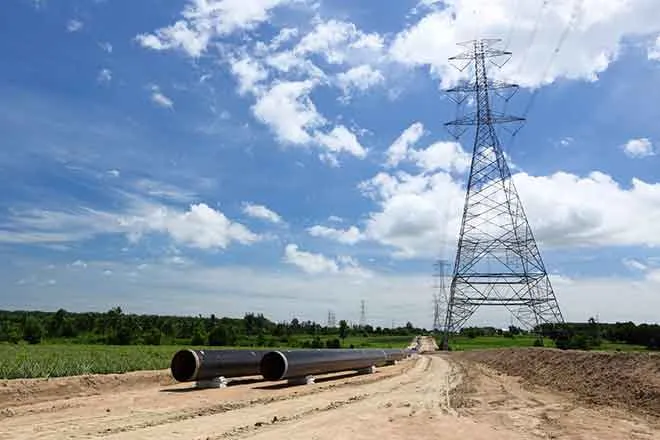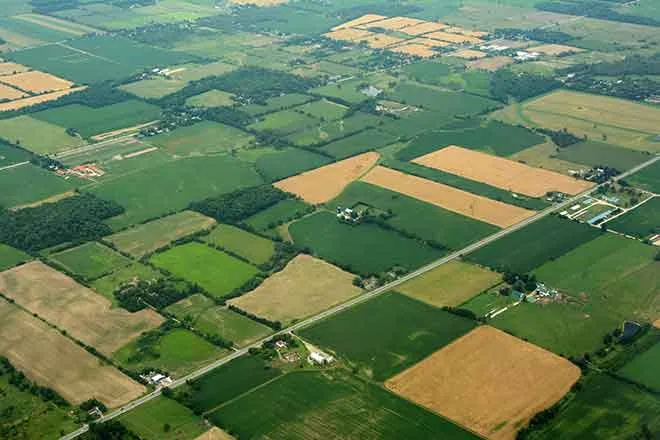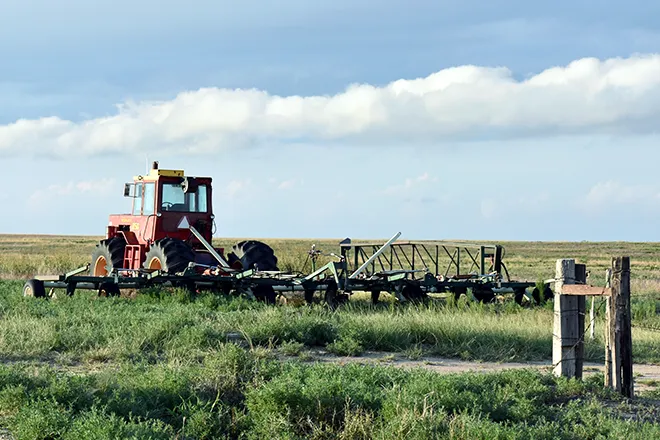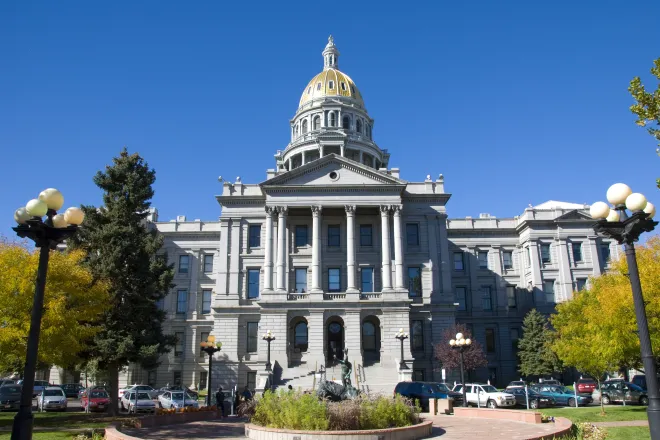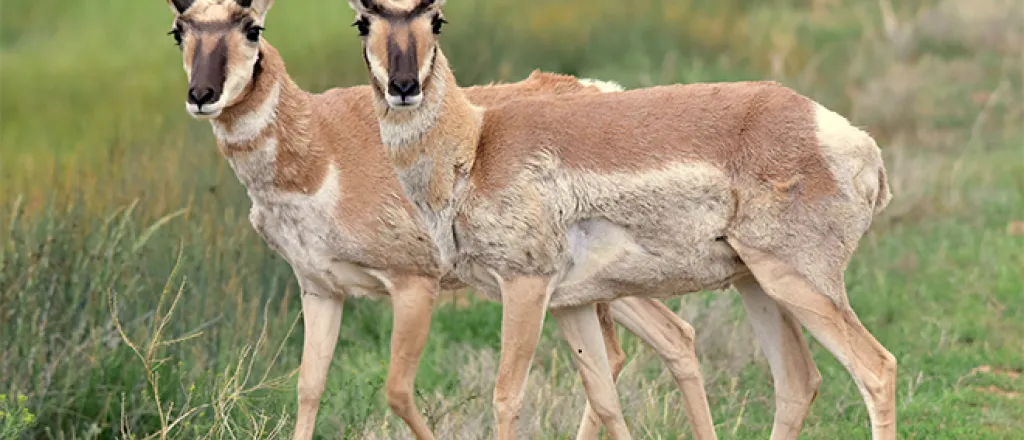
New Mexico creates first-ever $100m conservation fund
(New Mexico News Connection) New Mexico is using some of its surplus budget funds, primarily from oil and gas revenues, to establish the state's first-ever source of recurring funding for conservation efforts.
Known as the Land of Enchantment Legacy Fund, it consists of two $50 million reserves - one to fund existing state programs and another permanent fund managed by the State Investment Council.
Jonathan Hayden, senior policy analyst with Western Resource Advocates, said the funds with allow better stewardship as the state grapples with what's ahead from changing weather patterns "through things like watershed protection, forest restoration, thinning projects, community-resilience projects - all of which will help insulate communities from the worst effects of a dryer and hotter climate."
Monies from the Legacy Fund will also go to outdoor recreation and infrastructure, agriculture and working lands, historic preservation and wildlife protection. With predictable funding in place, the state will also gain access to untapped federal dollars from the Great American Outdoors Act, the Land and Water Conservation Fund and the Inflation Reduction Act.
Hayden said passage of the bill to create the fund was years in the making, as environmental groups and others urged lawmakers to follow Wyoming's lead to create dedicated, recurring funding for conservation.
"All the stars kind-of aligned this year," he said, "and we had the support of our legislators, of our administration, and unity in the conservation community about what programs should be included in this fund."
Following this year's legislative session, Gov. Michelle Lujan Grisham also signed Senate Bill 72, creating the Wildlife Corridors Action Plan. It will fund 11 high-priority safe passage projects around the state designed to reduce wildlife-vehicle collisions and restore habitat connectivity.







